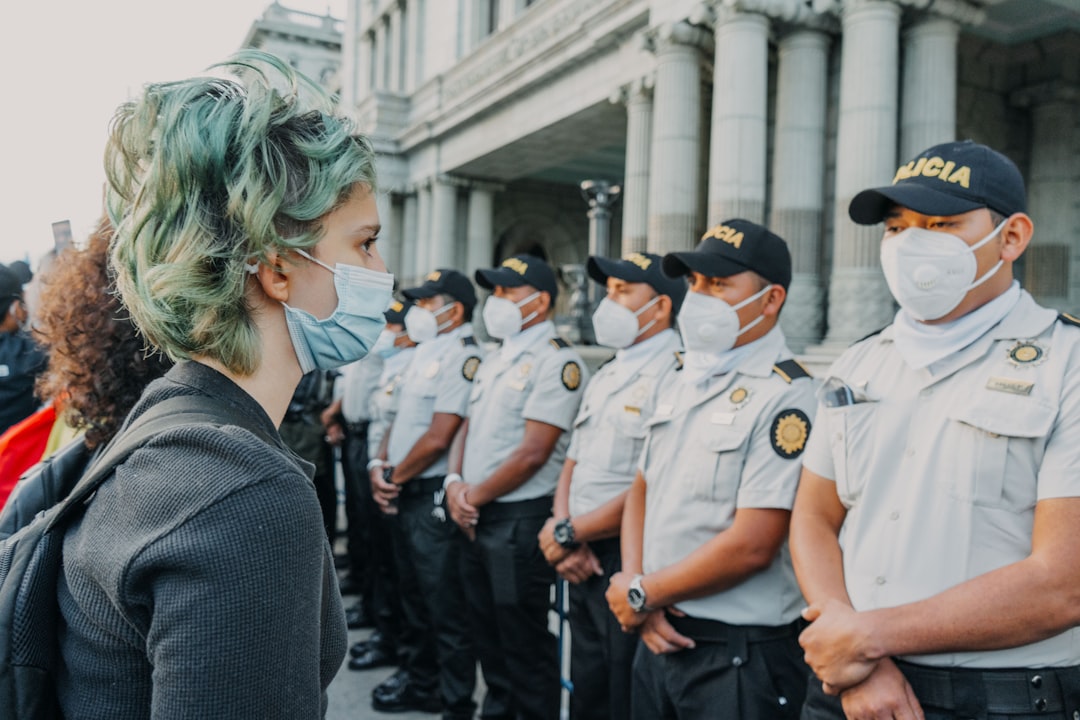Afghanistan: Extreme Risk Amid Ongoing Turmoil

Afghanistan remains one of the world’s most hazardous destinations for travelers in 2025. Violent clashes between the Taliban, ISIS, and other armed factions continue to threaten basic safety every day. The U.S. Department of State has kept its Level 4 “Do Not Travel” advisory firmly in place, making it clear that foreign visitors face serious threats. Healthcare infrastructure is critically underdeveloped, with many clinics lacking even basic supplies, and the World Health Organization highlights Afghanistan’s devastatingly high maternal and child mortality rates. Kidnapping, targeted attacks, and bombings have sadly become routine news, leaving both locals and visitors in constant danger. Clean water and reliable sanitation are rare, increasing the risk of diseases like cholera and typhoid. Even major cities such as Kabul experience regular violence, and travel within the country can be unpredictable and perilous. Anyone considering travel to Afghanistan is strongly advised to monitor reputable news sources and heed all official warnings.
Syria: Active Conflict and Humanitarian Crisis

As of 2025, Syria remains a country where travel is strongly discouraged due to ongoing conflict, political instability, and significant safety concerns. The U.S. government continues to enforce a Level 4 “Do Not Travel” advisory for Syria, citing risks from terrorism, kidnapping, and unpredictable violence. Millions remain displaced, with the United Nations reporting that over 14 million Syrians are in urgent need of humanitarian assistance. Many hospitals and clinics have been damaged or destroyed, leaving injured or sick travelers with few treatment options. The presence of landmines and unexploded ordnance in rural and even some urban areas poses a constant threat. Terrorist attacks can occur with little warning, targeting public places and gatherings. With borders frequently closing and shifting lines of control, travelers can quickly become trapped or cut off from help. It is vital for anyone considering Syria to recognize the extreme risks and seek safer alternatives.
Yemen: Conflict, Famine, and Disease

Yemen faces one of the world’s worst humanitarian crises, making it extremely unsafe for travelers in 2025. Ongoing civil war, famine, and outbreaks of disease have devastated the country’s infrastructure and left millions in need. The U.S. State Department’s Level 4 “Do Not Travel” advisory warns of unpredictable violence, terrorist threats, and rampant crime. The World Health Organization reports that Yemen suffers from one of the highest child malnutrition rates worldwide, with cholera and other diseases spreading rapidly. Healthcare facilities are often non-functional or completely destroyed, making medical emergencies difficult or impossible to treat. Kidnappings and attacks on foreigners have risen, and even humanitarian workers are not immune. Access to clean water and food is limited, increasing the risk of illness. Travelers should avoid Yemen entirely due to these serious, ongoing dangers.
Japan: A Model of Safety and Health

Japan continues to be a top choice for health-conscious travelers, thanks to its low crime rates and exceptional public health standards. The Global Peace Index ranks Japan 9th out of 163 countries, underlining its reputation for stability and safety. Travelers benefit from efficient emergency services, clean streets, and reliable transportation, all of which make navigating Japan both easy and secure. The healthcare system is renowned for its advanced technology and highly trained staff, ensuring visitors have access to excellent care if needed. Public health measures, such as widespread hand hygiene and mask-wearing, are commonplace and contribute to lower levels of communicable diseases. Visitors can confidently explore everything from bustling Tokyo to tranquil temples in Kyoto. Natural disasters like earthquakes do occur, but Japan’s strict building codes and disaster preparedness plans help minimize risk. The country’s blend of tradition, innovation, and safety makes it a standout destination.
Canada: Friendly, Safe, and Welcoming

Canada’s vast wilderness, vibrant cities, and welcoming culture make it a safe and attractive destination for travelers in 2025. Ranking 6th on the Global Peace Index, Canada is widely recognized for its safety, both in urban and rural areas. The healthcare system is publicly funded, providing access to high-quality care for both citizens and visitors in emergency situations. Canadians are known for their politeness and inclusiveness, creating a comfortable atmosphere for travelers from around the world. Strict public health measures and food safety standards help prevent the spread of illness. Outdoor enthusiasts can explore national parks and pristine lakes without worrying about serious crime. Large cities like Toronto and Vancouver have low violent crime rates compared to global averages. Canada’s commitment to multiculturalism and public safety is evident in its laws and everyday life.
New Zealand: Natural Beauty Meets Safety

New Zealand stands out in 2025 as one of the world’s safest travel destinations, holding the 2nd spot on the Global Peace Index. The country’s low crime rates, stable government, and peaceful society provide peace of mind for visitors. New Zealand’s healthcare system is highly rated, with modern hospitals and clinics available in both cities and rural areas. The country is celebrated for its breathtaking scenery, offering safe opportunities for hiking, camping, and adventure sports. Public health measures are robust, and the government quickly responds to emerging health threats. Travelers often remark on the friendliness of locals and the sense of community throughout the islands. Environmental sustainability is taken seriously, with clean air and water adding to the sense of well-being. New Zealand’s proactive approach to safety and health makes it a top pick for families and solo travelers alike.
Iceland: The World’s Safest Country

Iceland has consistently ranked as the safest country in the world, topping the Global Peace Index for several years. The country boasts extremely low crime rates, and violent crime is almost unheard of, allowing visitors to feel secure at all hours. Medical care is accessible and of high quality, with modern clinics even in remote areas. Iceland’s natural wonders—from geysers to glaciers—can be explored with minimal risk, as safety regulations are strictly enforced. Public health standards are exceptionally high, contributing to low rates of infectious disease. The local community is known for its hospitality and willingness to help strangers, making it easy for travelers to seek assistance if needed. Environmental preservation is a national priority, ensuring that Iceland’s pristine landscapes remain unspoiled and safe. Travelers often leave Iceland with stories of breathtaking sights and a sense of complete peace of mind.
Switzerland: Clean, Calm, and Reliable

Switzerland offers travelers a harmonious blend of safety, breathtaking scenery, and first-rate healthcare in 2025. Ranked 10th on the Global Peace Index, Switzerland is famous for its neutrality, low crime rates, and political stability. The Swiss healthcare system is world-renowned, providing quick and effective care to residents and visitors alike. Visitors can explore picturesque towns, pristine lakes, and the majestic Alps without worrying about personal safety. The country’s efficient public health and sanitation systems help keep the risk of illness very low. Swiss cities are known for their cleanliness and order, reflecting the country’s attention to detail and public welfare. Public transportation is reliable and safe, making it easy to travel between attractions. Switzerland’s commitment to safety and quality of life is evident at every turn.







